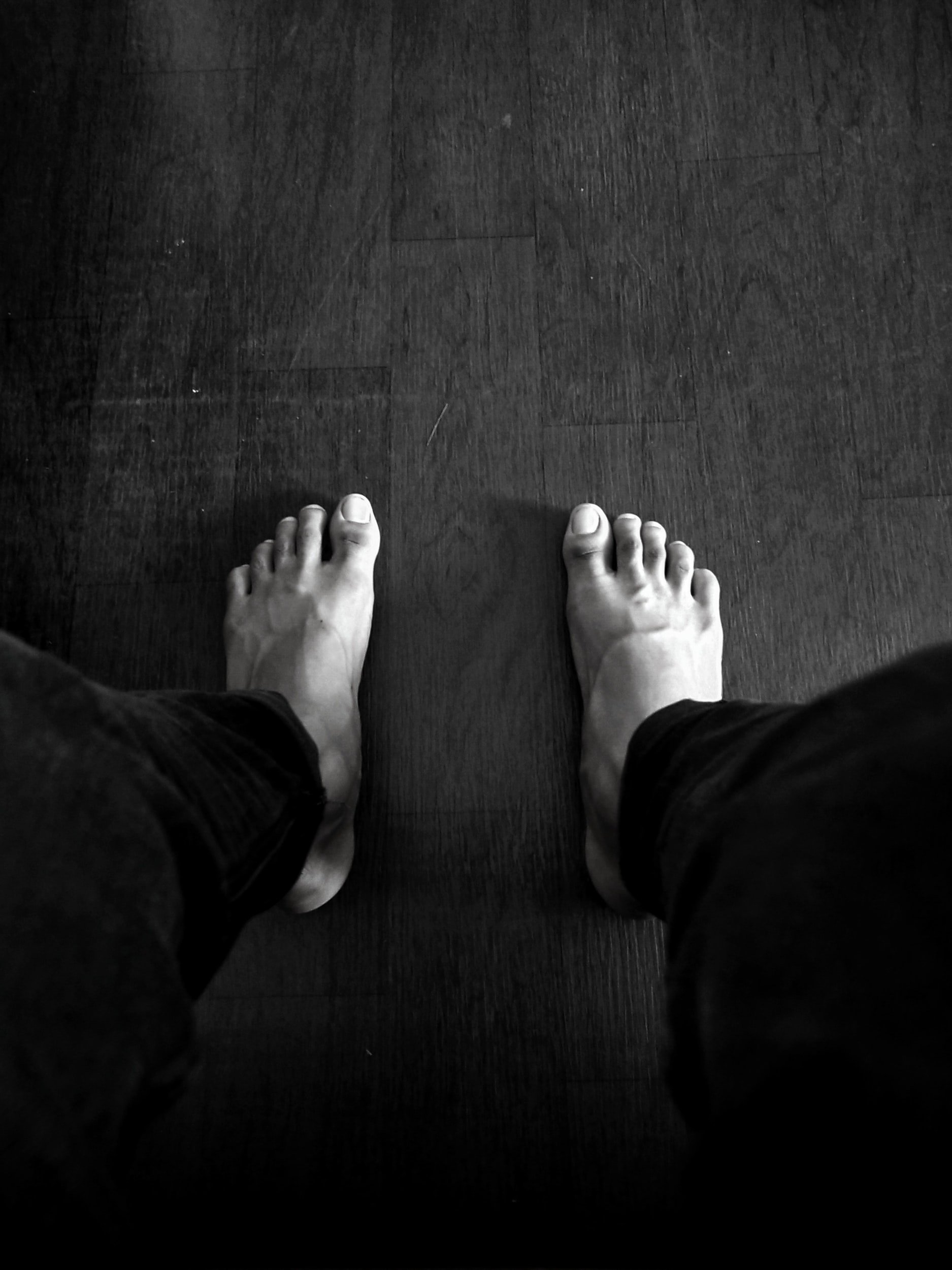Arthritis
Arthritis can affect any joint in the body, including those in the feet. Foot arthritis can cause pain, swelling, stiffness, and limited mobility. However, there are several ways to manage and improve the symptoms of arthritic foot pain.
Proper footwear is crucial for people with arthritis in the feet. Shoes should have a wide toe box, low heel, and good arch support. It’s also essential to choose shoes that are well-cushioned and shock-absorbing to reduce the impact of each step. In some cases, orthotic inserts or custom-made shoes may be necessary to provide additional support and comfort.
Stretching and exercising the feet can also help relieve arthritic foot pain. Foot and ankle exercises can increase strength and flexibility, improve balance and stability, and reduce the risk of falls. A physical therapist can recommend specific exercises to target the areas affected by arthritis.
Weight management is also important for people with arthritic foot pain. Excess weight can put additional stress on the feet and exacerbate arthritis symptoms. Maintaining a healthy weight through a balanced diet and regular exercise can help reduce pain and improve mobility.
In addition to these measures, there are several non-invasive treatments that can help manage arthritic foot pain. These include:
Heat and cold therapy: Applying heat or cold to the affected area can help reduce pain and inflammation.
Medications: Nonsteroidal anti-inflammatory drugs (NSAIDs), such as ibuprofen, can help relieve pain and reduce inflammation.
Topical treatments: Creams, gels, and patches containing capsaicin or salicylates can help alleviate arthritic foot pain.
Acupuncture: This ancient practice involves inserting thin needles into specific points on the body to alleviate pain and promote healing.
For more severe cases of arthritic foot pain, surgery may be necessary. In these cases, a podiatrist or orthopedic surgeon may recommend procedures such as joint replacement, fusion, or arthroscopy.
In conclusion, arthritis can cause significant foot pain and limited mobility, but there are several ways to manage and improve these symptoms. Proper footwear, stretching and exercise, weight management, and non-invasive treatments can all help alleviate arthritic foot pain. If you are experiencing severe or persistent symptoms, consult a healthcare professional for further evaluation and treatment options.
If you would like to get seen by our board-certified foot and ankle specialists, click here


